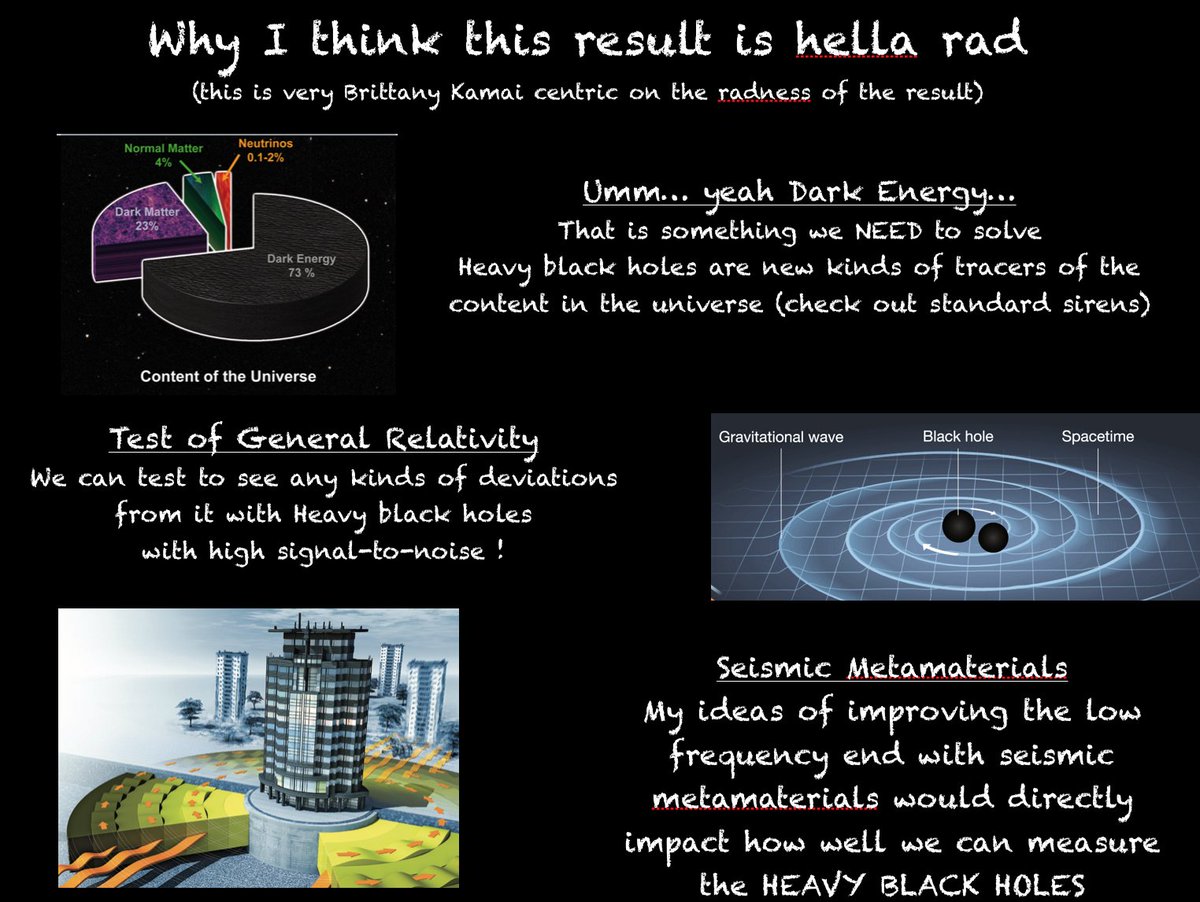1/ I AM sTooOOoOkkeed about this latest LIGO result!
Today’s #PhysicsFriday , I am going to talk about the result, how it connects with detectors and some rad accounts to follow & learn more about this awesome science.
 https://abs.twimg.com/emoji/v2/... draggable="false" alt="🚀" title="Rakete" aria-label="Emoji: Rakete">Strap in! We are gonna talk about GIANT black holesss
https://abs.twimg.com/emoji/v2/... draggable="false" alt="🚀" title="Rakete" aria-label="Emoji: Rakete">Strap in! We are gonna talk about GIANT black holesss
Today’s #PhysicsFriday , I am going to talk about the result, how it connects with detectors and some rad accounts to follow & learn more about this awesome science.
2/ First off, we are on earth & the detectors measured these signals are LIGO-Hanford in Washington, LIGO-Livingston in Louisiana & VIRGO in Italy. These are the names on the main plots. The strength of how it hits each detector us figure out where in the universe it came from
3/ Figure 1 from the paper has these *AMAZING* plots. See how strong, clean & amazing the signal gives me goose bumps. It’s beautiful.
Let me walk you through trying to understand how this connects with the astrophysics & the detectors themselves.
Let me walk you through trying to understand how this connects with the astrophysics & the detectors themselves.
4/ Looking at the spectrogram it gives you a TON of information. I circled the thing in the middle, which is the event. The x-axis how long the event took. The y-axis what frequencies this event happened at. The colors tell you how strong the signal is
5/ If the signal is strong, like in this case, it is high above that sensitivity curve, which is great signal-to-noise. This is a snapshot since things cruise right on through
6/ This is super exciting and sends a cascade of questions
Data Analysts/ Operators: Is this real? Let’s make absolutely sure it is.
Astronomers: Where did it come from? How can you even make this?
Astrophysicists: Is GR the complete picture or something else?
Data Analysts/ Operators: Is this real? Let’s make absolutely sure it is.
Astronomers: Where did it come from? How can you even make this?
Astrophysicists: Is GR the complete picture or something else?
7/ Check this stellar graveyard out
If we never had GW detections, our descriptions of the deaths of stars would only explain these different populations. Neutron stars have certain masses, there is a gap between that and black holes. Then black holes only get to be this big.
If we never had GW detections, our descriptions of the deaths of stars would only explain these different populations. Neutron stars have certain masses, there is a gap between that and black holes. Then black holes only get to be this big.
OMG how did this happen? Where did it come?
People like @spacetimekatie @aCarlRodriguez @jocelynRead think through this problem deeply. A ton of people at Northwestern @NUCIERA & really all over the world. Hence the thousands of papers
8/ And this result is soOOooo HUGE!!! Kelly Holley-Bockelmann @Vanderbilt, Jillian Bellovary @j_bellovary have been thinking about these kinds of black holes for yearrsss. @KaranJani a new Vandy professor was a key players in understanding of this new result
9/ There are so many neat creation scenarios!
Lots of little black holes gobbling each other. Livin in packed star groups. All that fun stuff.
You seriously have to stay tuned bc the flurry of explanations is coming from astronomer & astrophysicists will tell us all.
Lots of little black holes gobbling each other. Livin in packed star groups. All that fun stuff.
You seriously have to stay tuned bc the flurry of explanations is coming from astronomer & astrophysicists will tell us all.
10/ Alright back to the detectors since I feel like the instrumentation gets left out of being discussed and how direct improvements on technology make this kind of measurement possible
11/  https://abs.twimg.com/emoji/v2/... draggable="false" alt="🔧" title="Schraubenschlüssel" aria-label="Emoji: Schraubenschlüssel">
https://abs.twimg.com/emoji/v2/... draggable="false" alt="🔧" title="Schraubenschlüssel" aria-label="Emoji: Schraubenschlüssel"> https://abs.twimg.com/emoji/v2/... draggable="false" alt="🤓" title="Nerd-Gesicht" aria-label="Emoji: Nerd-Gesicht">Builder nerds, like me, Vaishali @icecreambond , Andrew Wade , Evan D Hall , @JaxYellsAtLaser, & a TON more - figure out what is getting in the way from the detectors getting even better?
https://abs.twimg.com/emoji/v2/... draggable="false" alt="🤓" title="Nerd-Gesicht" aria-label="Emoji: Nerd-Gesicht">Builder nerds, like me, Vaishali @icecreambond , Andrew Wade , Evan D Hall , @JaxYellsAtLaser, & a TON more - figure out what is getting in the way from the detectors getting even better?
Mad props to the great *Rai Weiss* for even getting us here IN THE FIRST PLACE
Mad props to the great *Rai Weiss* for even getting us here IN THE FIRST PLACE
12/ (Right) I dig this image created by @RanaXAdhikari to show where inside the instruments noise is creating all kinds of trouble to affect the measurement.
(Left)These sources have different kinds of frequency dependencies, i.e. what frequency range does is a problem
(Left)These sources have different kinds of frequency dependencies, i.e. what frequency range does is a problem
13/ This shows the breakdown of how different kinds of noise contributes. Each needs different solutions. Quantum vacuum creates issues with shot noise & radiation pressure. Quantum squeezing reduces that. Folx at MIT, OzGrav, & Louisiana make that magic happen
14/ Lately, I have been thinking about how the earth affects the detector by producing seismic noise & gravitational gradient noise. I talk about seismic metamaterials because I am trying to think of about different techniques to reduce the low-frequency end.
15/ *Heavier black holes merge at lower frequencies*
The rad thing is that you can start to get into fun things like black holes that would merge in different GW frequency detectors.
This kind of event would have been seen in both @LISACommunity & @LIGO
The rad thing is that you can start to get into fun things like black holes that would merge in different GW frequency detectors.
This kind of event would have been seen in both @LISACommunity & @LIGO
16/ Even lower frequencies, you run into even more gigantic black holes & need entirely different detectors like LISA (follow @samayanissanke ) , Pulsar timing arrays you (follow @ChiaraMingarelli) and CMB (follow @CMBiologist & @MarilenaLoVerde)
Totally added the Holometer https://abs.twimg.com/emoji/v2/... draggable="false" alt="😇" title="Lächelndes Gesicht mit Heiligenschein" aria-label="Emoji: Lächelndes Gesicht mit Heiligenschein">
https://abs.twimg.com/emoji/v2/... draggable="false" alt="😇" title="Lächelndes Gesicht mit Heiligenschein" aria-label="Emoji: Lächelndes Gesicht mit Heiligenschein">
Totally added the Holometer
17/ This result is aligned with the *ALL* research topics that fire me up  https://abs.twimg.com/emoji/v2/... draggable="false" alt="🔥" title="Feuer" aria-label="Emoji: Feuer">
https://abs.twimg.com/emoji/v2/... draggable="false" alt="🔥" title="Feuer" aria-label="Emoji: Feuer">
1) What in the universe is Dark Energy?
2) Where does GR breakdown in our understanding of space-time?
3) Seismic metamaterial would enable better measurements at the low end
1) What in the universe is Dark Energy?
2) Where does GR breakdown in our understanding of space-time?
3) Seismic metamaterial would enable better measurements at the low end
18/ How does this connect to those 3 things?
1) New kinds of tracers of the entire universe - standard sirens
2) High signal-to-noise for the final merger state to test deviations from GR
3) It would be super rad if metamaterials actually helped improved the instruments
1) New kinds of tracers of the entire universe - standard sirens
2) High signal-to-noise for the final merger state to test deviations from GR
3) It would be super rad if metamaterials actually helped improved the instruments
19/ I already dropped a bunch of handles above but here are more
Zoheyr @actualdrdoctor & Maya @mayaKfish are great to check in about cosmology measurements
Christopher Berry @cplberry has epic writeups about how to understand everrryy GW signal ever
Zoheyr @actualdrdoctor & Maya @mayaKfish are great to check in about cosmology measurements
Christopher Berry @cplberry has epic writeups about how to understand everrryy GW signal ever
20/ Leo Stein @duetosymmetry & Ron Tso @ron2d2tso dives into the weeds of general relativity
@aggarwalnancy is another builder nerd who can tell you all about quantum squeezing
@amberkiana_ has epic writeups, characterizes detectors and studies eccentric binary black holes
@aggarwalnancy is another builder nerd who can tell you all about quantum squeezing
@amberkiana_ has epic writeups, characterizes detectors and studies eccentric binary black holes
21/ #AmplifyIndigenousSTEM in the gravitational waves & gravity world
@ron2d2tso who I mentioned above
@QuantumOfSalsa makes sure these LIGO ships are sailing
 https://abs.twimg.com/emoji/v2/... draggable="false" alt="💁🏾♀️" title="Frau verrät sich (durchschnittlich dunkler Hautton)" aria-label="Emoji: Frau verrät sich (durchschnittlich dunkler Hautton)">yours truly
https://abs.twimg.com/emoji/v2/... draggable="false" alt="💁🏾♀️" title="Frau verrät sich (durchschnittlich dunkler Hautton)" aria-label="Emoji: Frau verrät sich (durchschnittlich dunkler Hautton)">yours truly
John Greendeer Lee tests gravity using a totally diff. detector torsion pendulum
@ron2d2tso who I mentioned above
@QuantumOfSalsa makes sure these LIGO ships are sailing
John Greendeer Lee tests gravity using a totally diff. detector torsion pendulum
22/ Learn more from the papers themselves
Here is the paper for free https://journals.aps.org/prl/pdf/10.1103/PhysRevLett.125.101102">https://journals.aps.org/prl/pdf/1...
And the Physics Today summary https://physics.aps.org/articles/v13/111">https://physics.aps.org/articles/...
Here is the paper for free https://journals.aps.org/prl/pdf/10.1103/PhysRevLett.125.101102">https://journals.aps.org/prl/pdf/1...
And the Physics Today summary https://physics.aps.org/articles/v13/111">https://physics.aps.org/articles/...
23/ If you are in the GW world, have things you wanna share - drop your handle in here and tell people what you are up to, so they can connect with your magic.
Apologies if I missed you in this thread! Doesn& #39;t mean I don& #39;t have mad respect for what you do.
Apologies if I missed you in this thread! Doesn& #39;t mean I don& #39;t have mad respect for what you do.
24/ In closing, THESE HUGE BLACK HOLES MERGING ARE SooOooOOooO RAD!
I hope you& #39;ll dive more into it and are pumped about this.
Happy learning everyone! Take care of your being during this epic voyage of 2020.
Lots of love,
Brittany Kamai
I hope you& #39;ll dive more into it and are pumped about this.
Happy learning everyone! Take care of your being during this epic voyage of 2020.
Lots of love,
Brittany Kamai

 Read on Twitter
Read on Twitter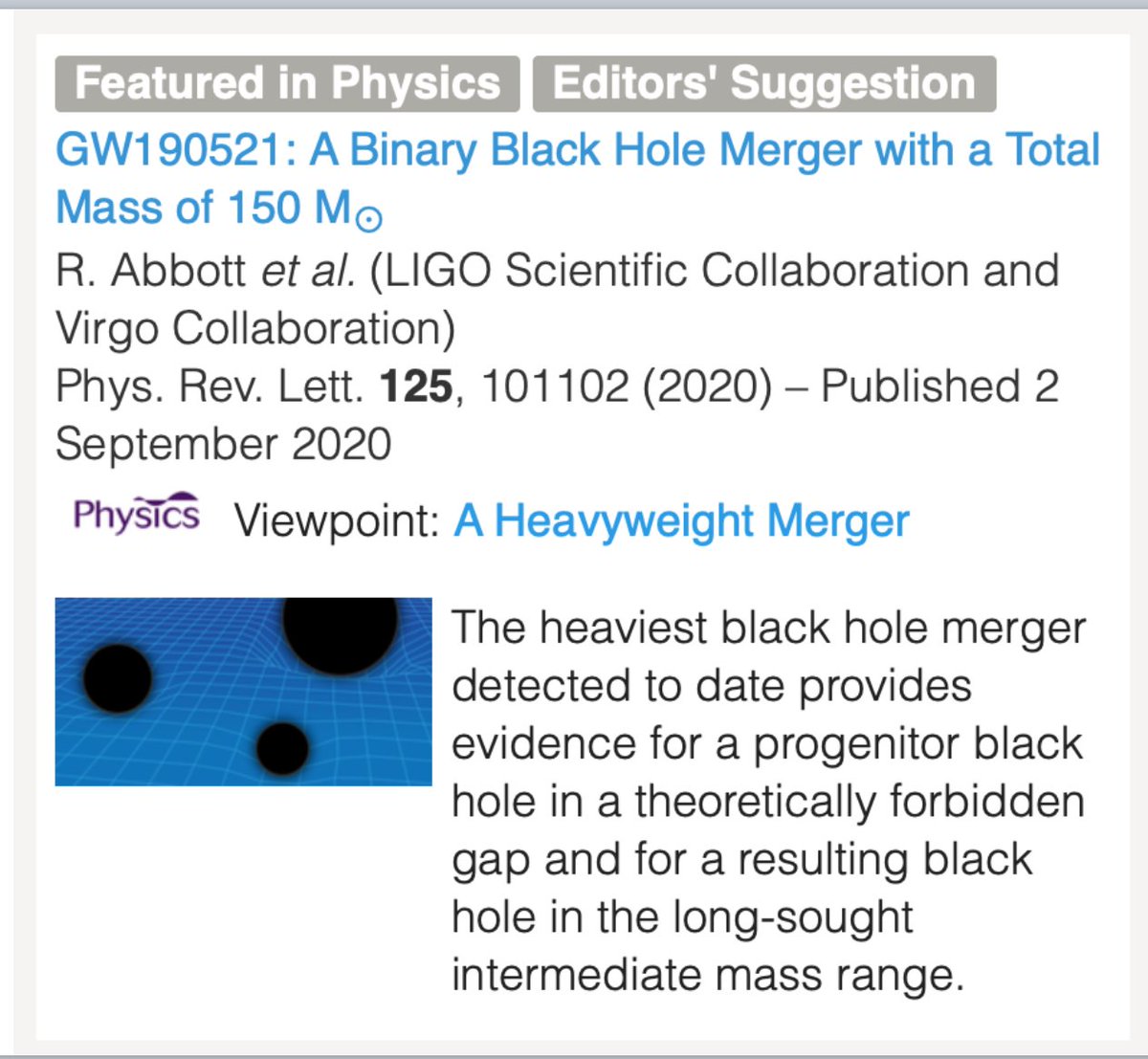 Strap in! We are gonna talk about GIANT black holesss" title="1/ I AM sTooOOoOkkeed about this latest LIGO result!Today’s #PhysicsFriday , I am going to talk about the result, how it connects with detectors and some rad accounts to follow & learn more about this awesome science.https://abs.twimg.com/emoji/v2/... draggable="false" alt="🚀" title="Rakete" aria-label="Emoji: Rakete">Strap in! We are gonna talk about GIANT black holesss" class="img-responsive" style="max-width:100%;"/>
Strap in! We are gonna talk about GIANT black holesss" title="1/ I AM sTooOOoOkkeed about this latest LIGO result!Today’s #PhysicsFriday , I am going to talk about the result, how it connects with detectors and some rad accounts to follow & learn more about this awesome science.https://abs.twimg.com/emoji/v2/... draggable="false" alt="🚀" title="Rakete" aria-label="Emoji: Rakete">Strap in! We are gonna talk about GIANT black holesss" class="img-responsive" style="max-width:100%;"/>
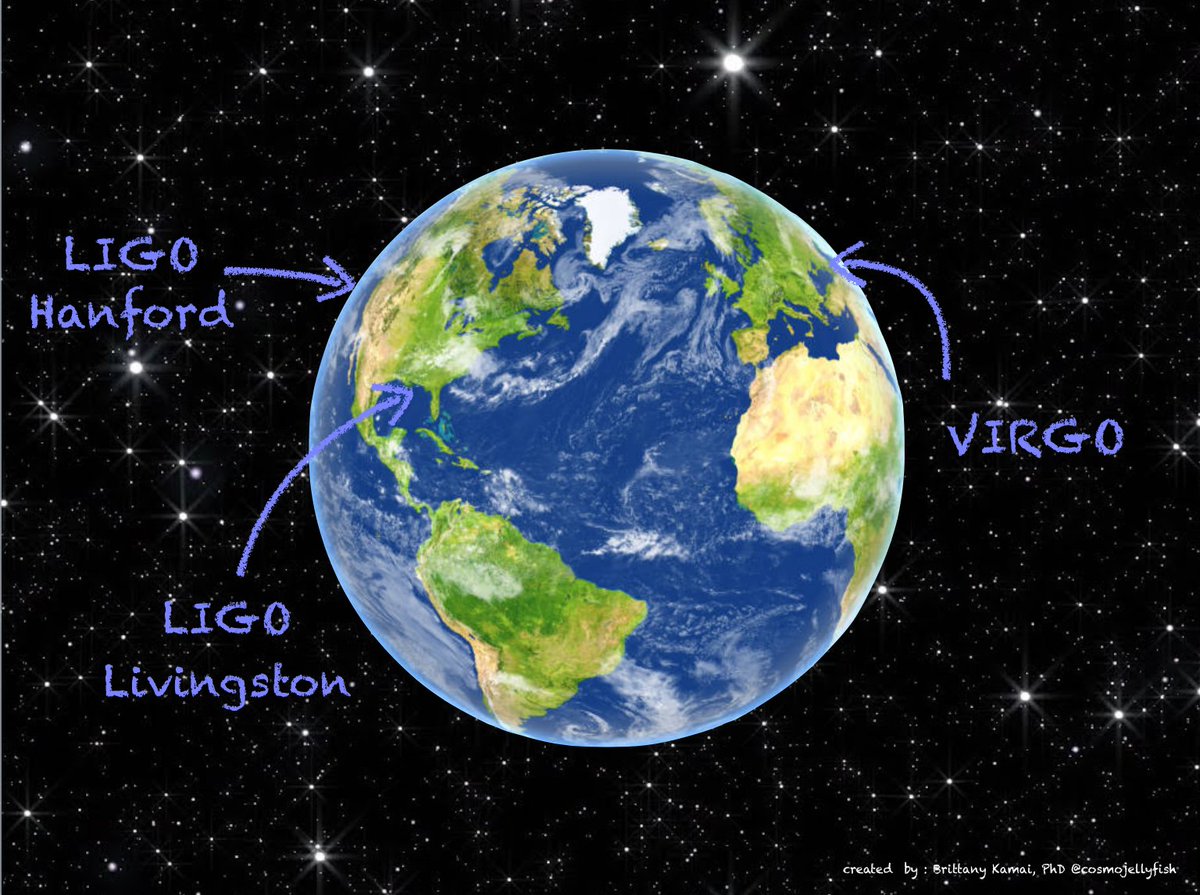
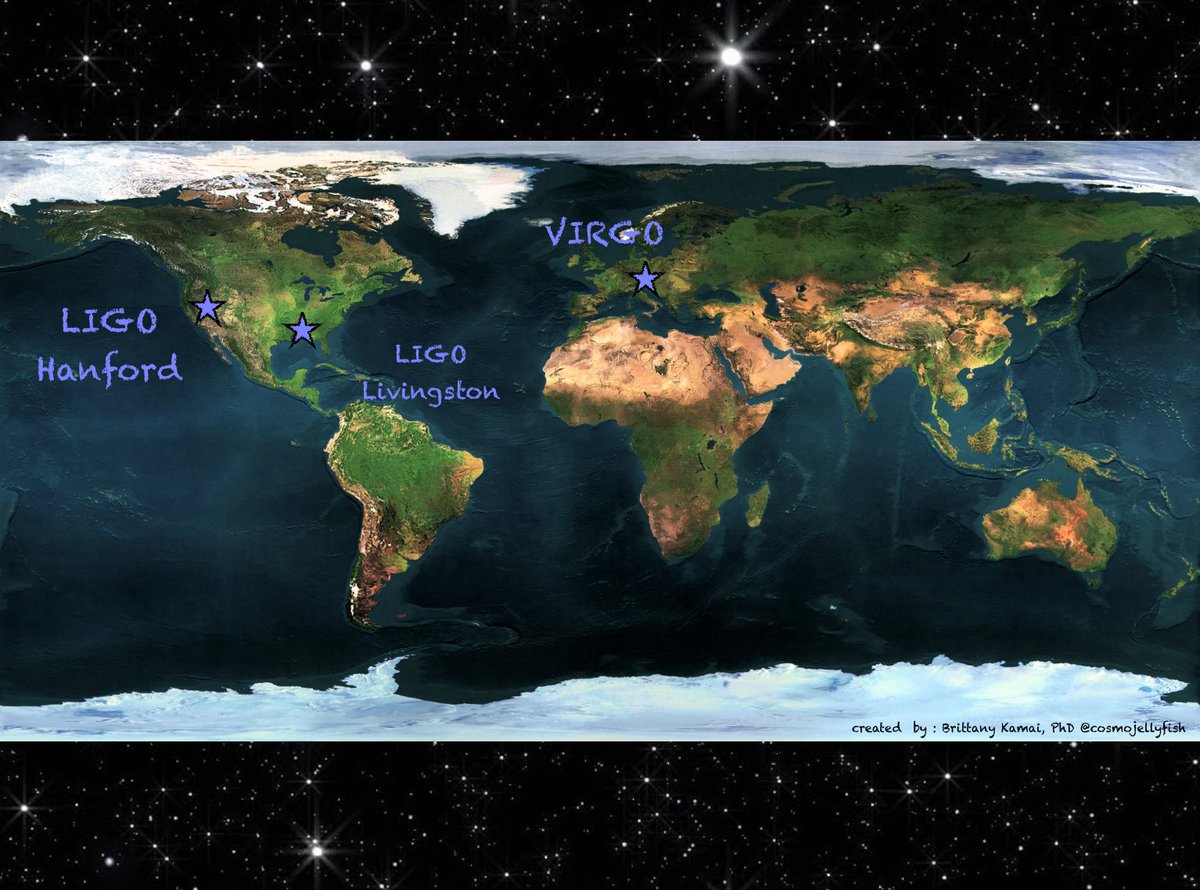
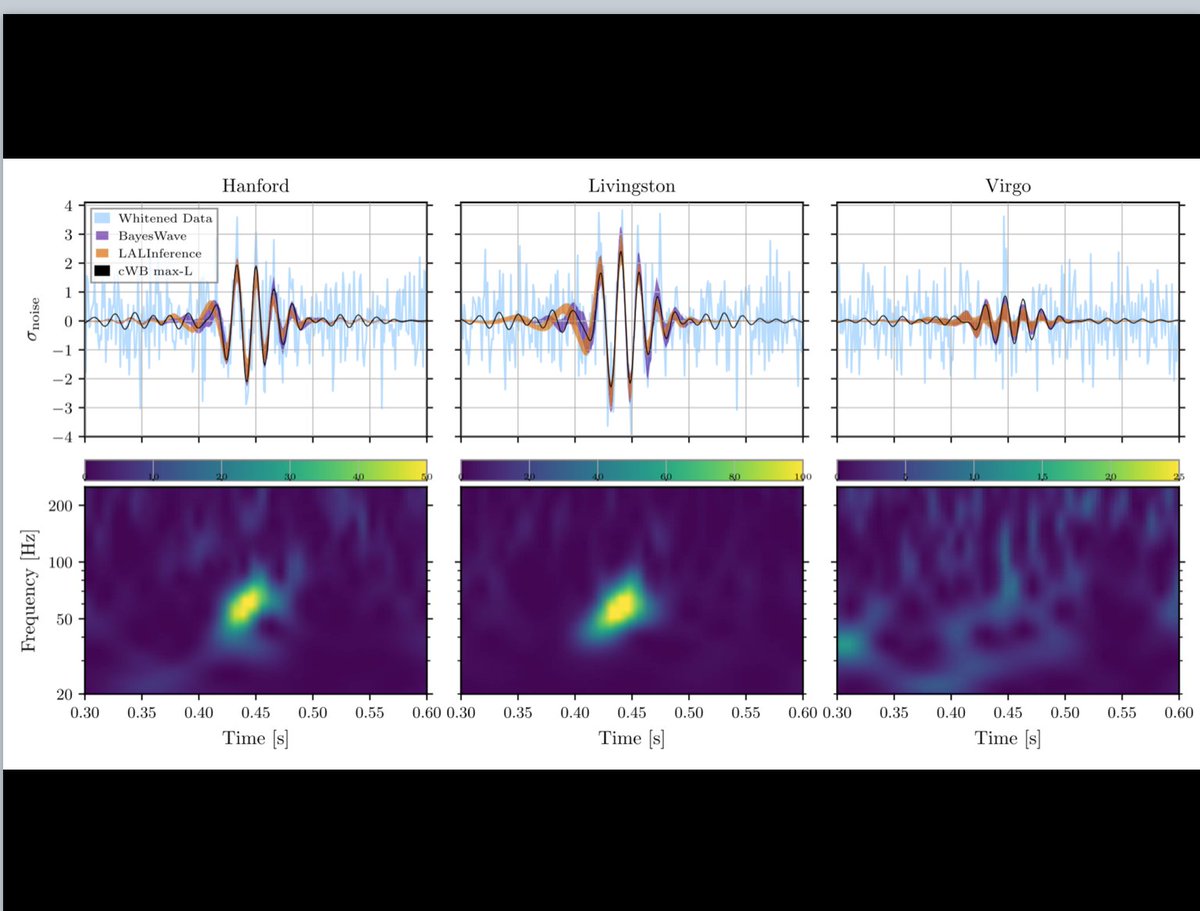
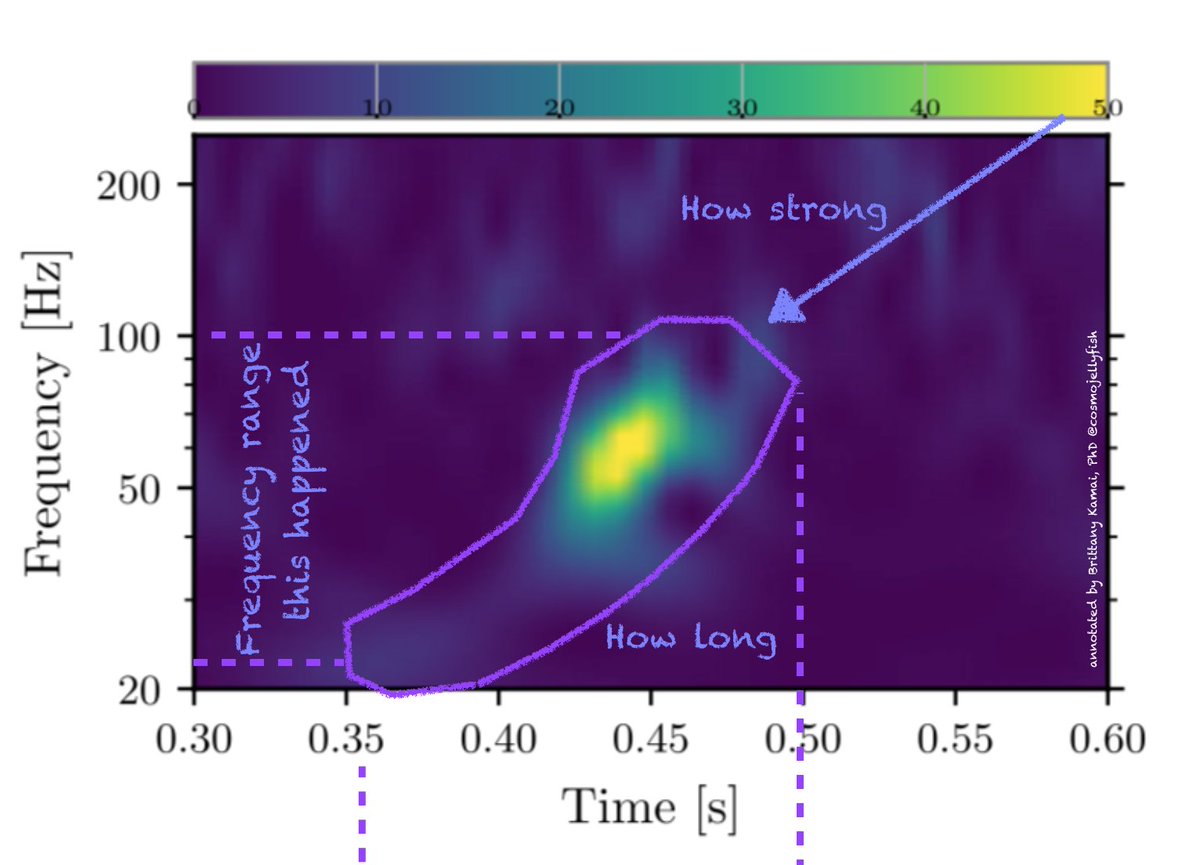
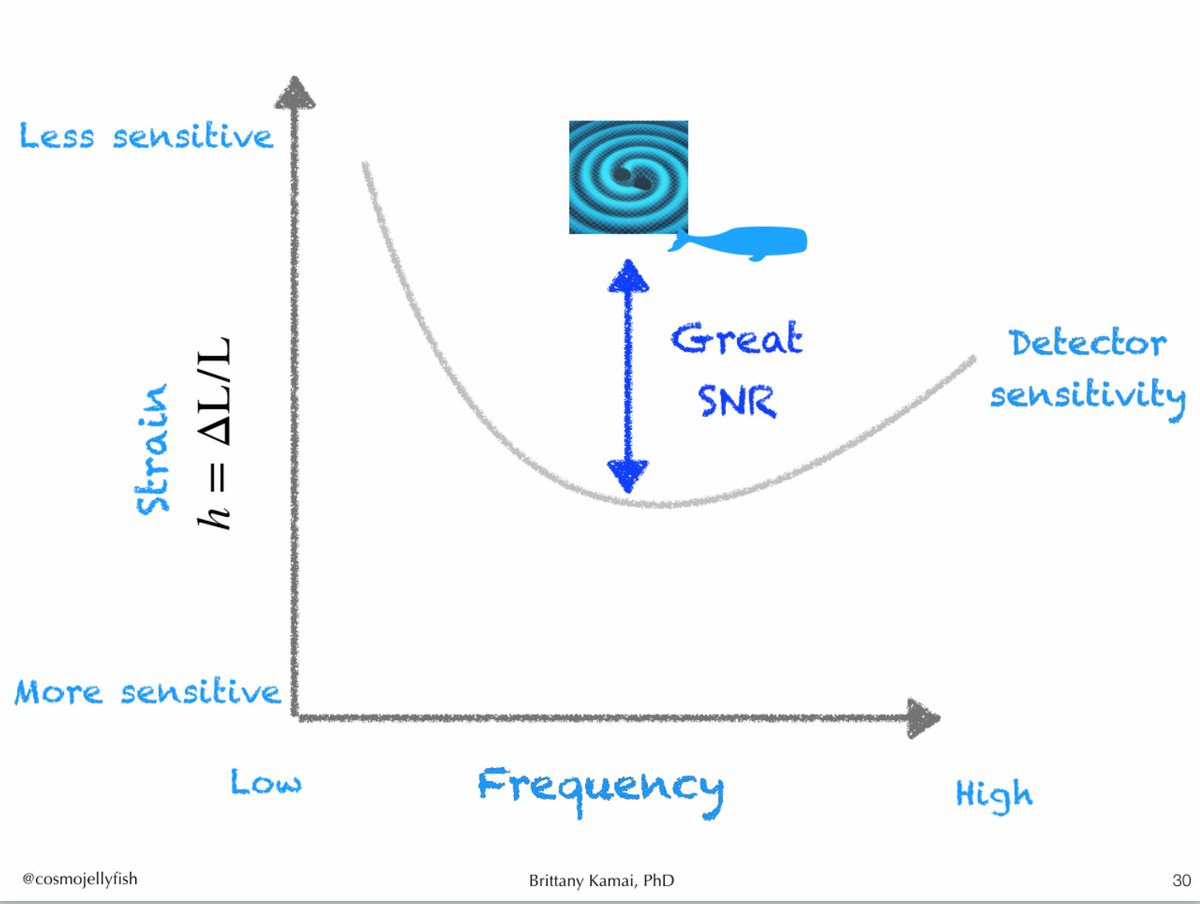
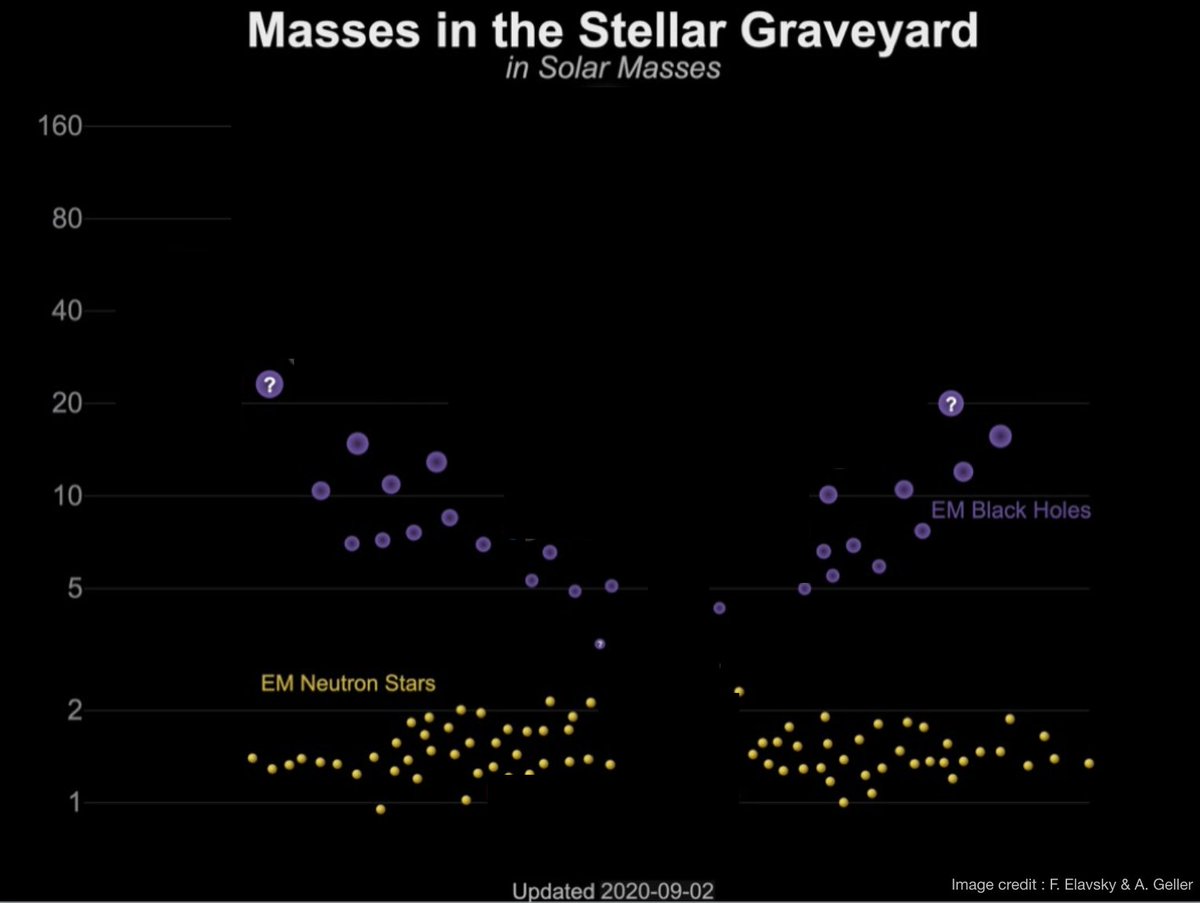
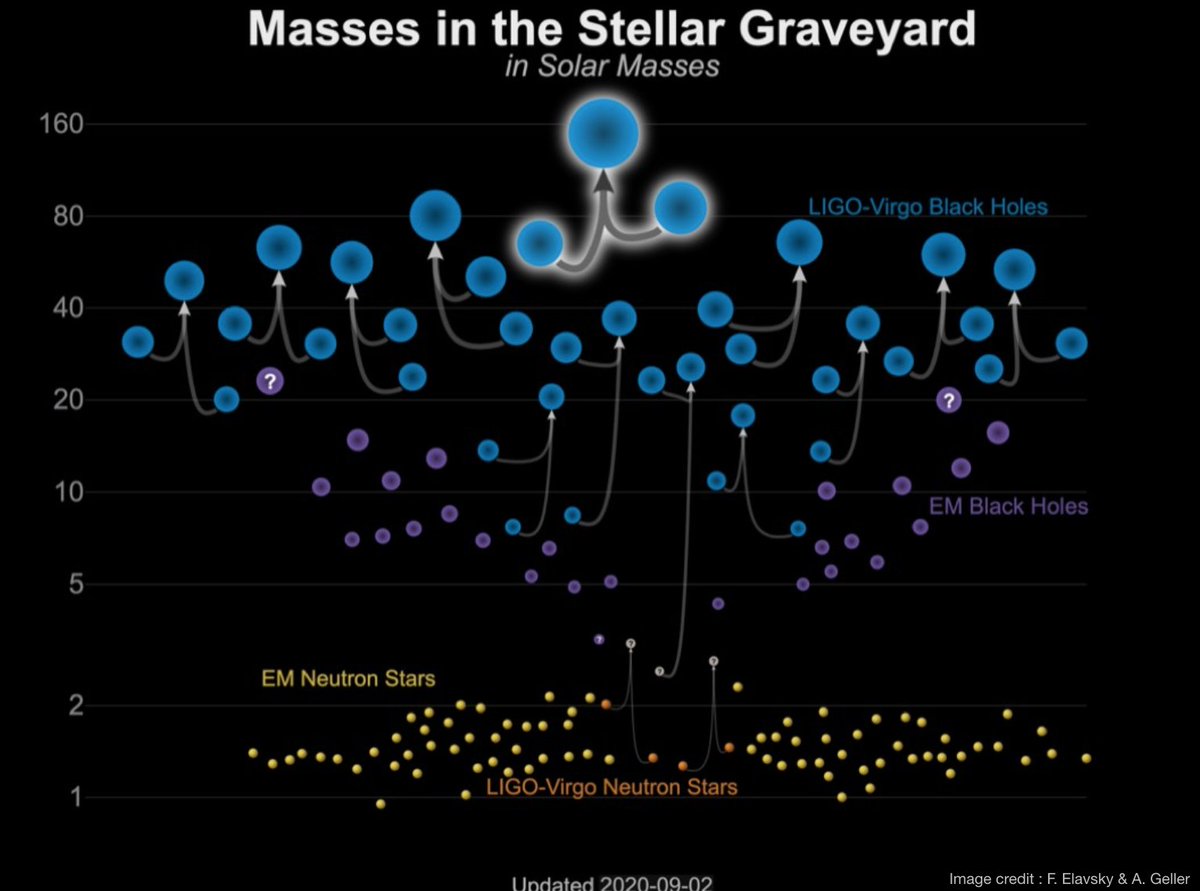 BOOM GW detections came on the scene https://abs.twimg.com/emoji/v2/... draggable="false" alt="💥" title="Symbol für eine Kollision" aria-label="Emoji: Symbol für eine Kollision">OMG how did this happen? Where did it come?People like @spacetimekatie @aCarlRodriguez @jocelynRead think through this problem deeply. A ton of people at Northwestern @NUCIERA & really all over the world. Hence the thousands of papers" title="https://abs.twimg.com/emoji/v2/... draggable="false" alt="💥" title="Symbol für eine Kollision" aria-label="Emoji: Symbol für eine Kollision">BOOM GW detections came on the scene https://abs.twimg.com/emoji/v2/... draggable="false" alt="💥" title="Symbol für eine Kollision" aria-label="Emoji: Symbol für eine Kollision">OMG how did this happen? Where did it come?People like @spacetimekatie @aCarlRodriguez @jocelynRead think through this problem deeply. A ton of people at Northwestern @NUCIERA & really all over the world. Hence the thousands of papers" class="img-responsive" style="max-width:100%;"/>
BOOM GW detections came on the scene https://abs.twimg.com/emoji/v2/... draggable="false" alt="💥" title="Symbol für eine Kollision" aria-label="Emoji: Symbol für eine Kollision">OMG how did this happen? Where did it come?People like @spacetimekatie @aCarlRodriguez @jocelynRead think through this problem deeply. A ton of people at Northwestern @NUCIERA & really all over the world. Hence the thousands of papers" title="https://abs.twimg.com/emoji/v2/... draggable="false" alt="💥" title="Symbol für eine Kollision" aria-label="Emoji: Symbol für eine Kollision">BOOM GW detections came on the scene https://abs.twimg.com/emoji/v2/... draggable="false" alt="💥" title="Symbol für eine Kollision" aria-label="Emoji: Symbol für eine Kollision">OMG how did this happen? Where did it come?People like @spacetimekatie @aCarlRodriguez @jocelynRead think through this problem deeply. A ton of people at Northwestern @NUCIERA & really all over the world. Hence the thousands of papers" class="img-responsive" style="max-width:100%;"/>

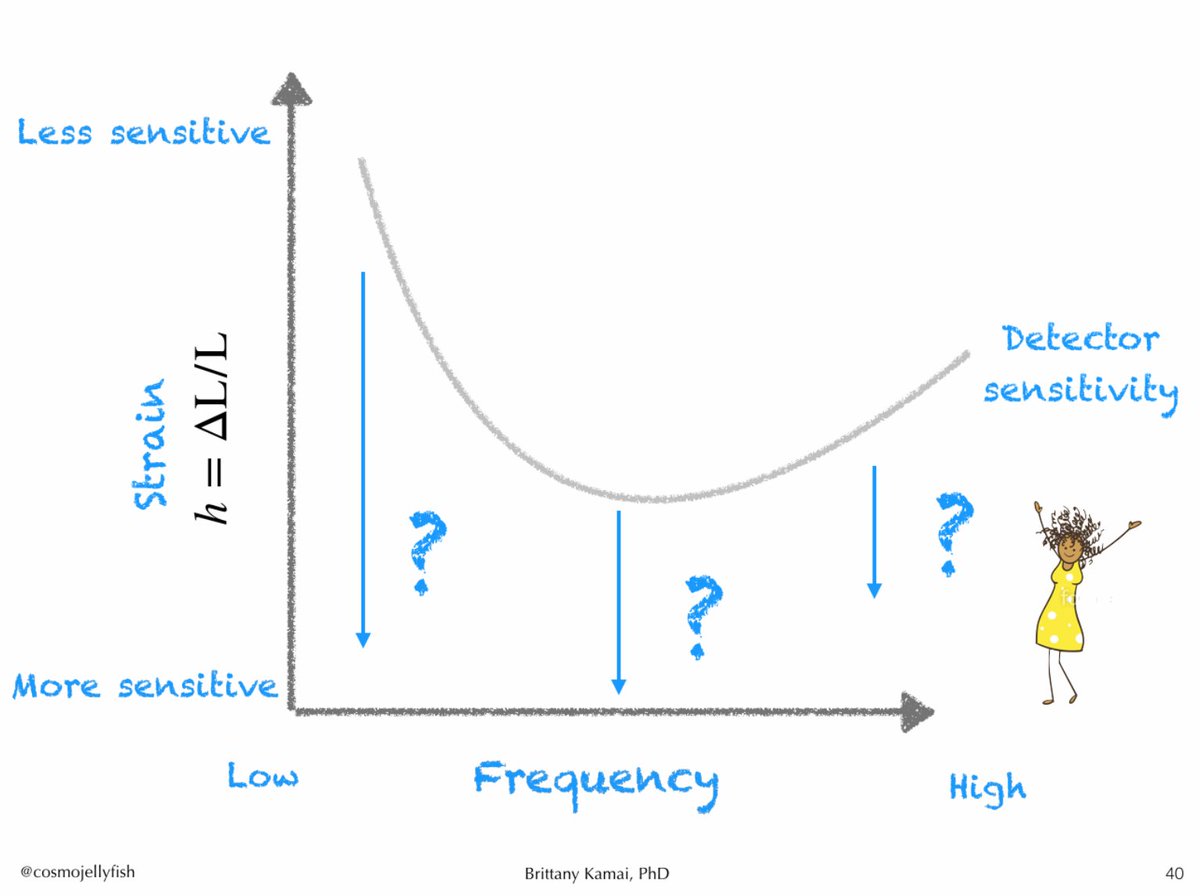 https://abs.twimg.com/emoji/v2/... draggable="false" alt="🤓" title="Nerd-Gesicht" aria-label="Emoji: Nerd-Gesicht">Builder nerds, like me, Vaishali @icecreambond , Andrew Wade , Evan D Hall , @JaxYellsAtLaser, & a TON more - figure out what is getting in the way from the detectors getting even better? Mad props to the great *Rai Weiss* for even getting us here IN THE FIRST PLACE" title="11/ https://abs.twimg.com/emoji/v2/... draggable="false" alt="🔧" title="Schraubenschlüssel" aria-label="Emoji: Schraubenschlüssel">https://abs.twimg.com/emoji/v2/... draggable="false" alt="🤓" title="Nerd-Gesicht" aria-label="Emoji: Nerd-Gesicht">Builder nerds, like me, Vaishali @icecreambond , Andrew Wade , Evan D Hall , @JaxYellsAtLaser, & a TON more - figure out what is getting in the way from the detectors getting even better? Mad props to the great *Rai Weiss* for even getting us here IN THE FIRST PLACE" class="img-responsive" style="max-width:100%;"/>
https://abs.twimg.com/emoji/v2/... draggable="false" alt="🤓" title="Nerd-Gesicht" aria-label="Emoji: Nerd-Gesicht">Builder nerds, like me, Vaishali @icecreambond , Andrew Wade , Evan D Hall , @JaxYellsAtLaser, & a TON more - figure out what is getting in the way from the detectors getting even better? Mad props to the great *Rai Weiss* for even getting us here IN THE FIRST PLACE" title="11/ https://abs.twimg.com/emoji/v2/... draggable="false" alt="🔧" title="Schraubenschlüssel" aria-label="Emoji: Schraubenschlüssel">https://abs.twimg.com/emoji/v2/... draggable="false" alt="🤓" title="Nerd-Gesicht" aria-label="Emoji: Nerd-Gesicht">Builder nerds, like me, Vaishali @icecreambond , Andrew Wade , Evan D Hall , @JaxYellsAtLaser, & a TON more - figure out what is getting in the way from the detectors getting even better? Mad props to the great *Rai Weiss* for even getting us here IN THE FIRST PLACE" class="img-responsive" style="max-width:100%;"/>
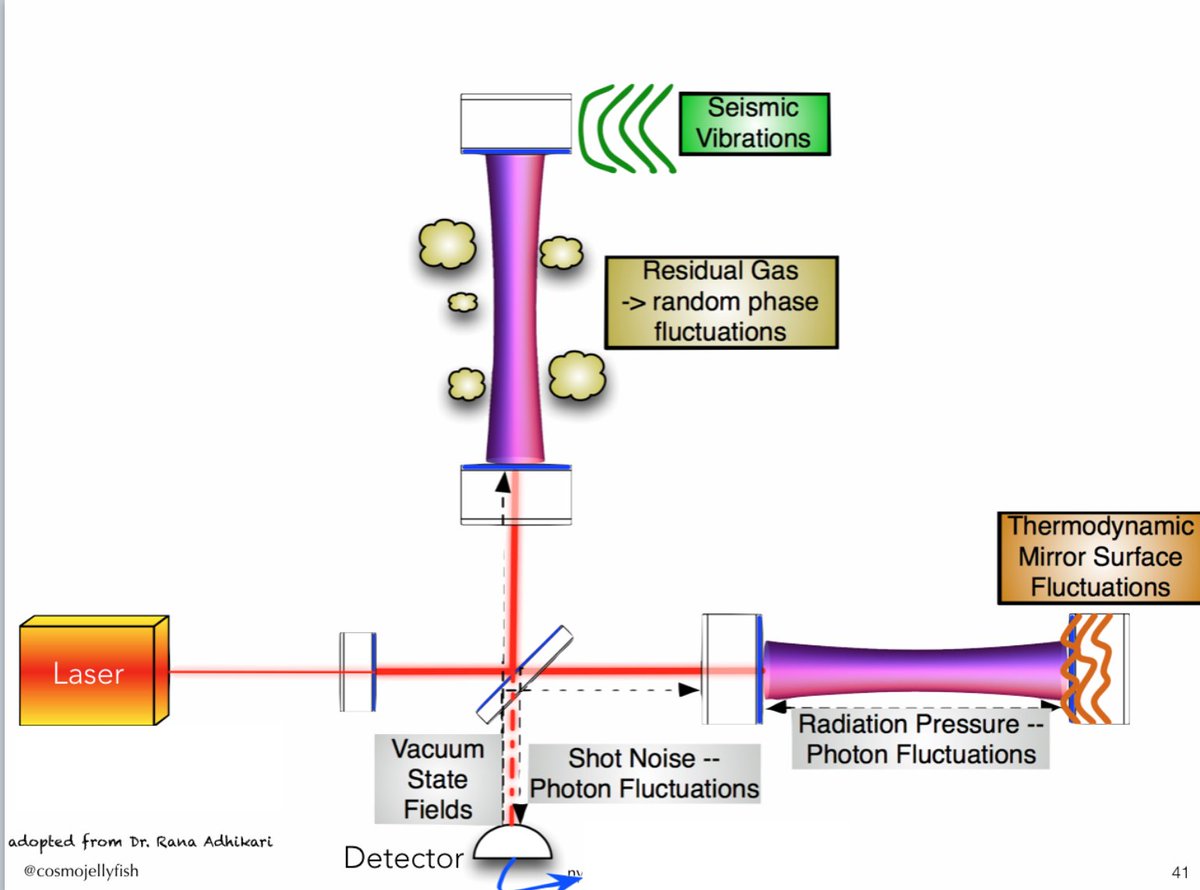
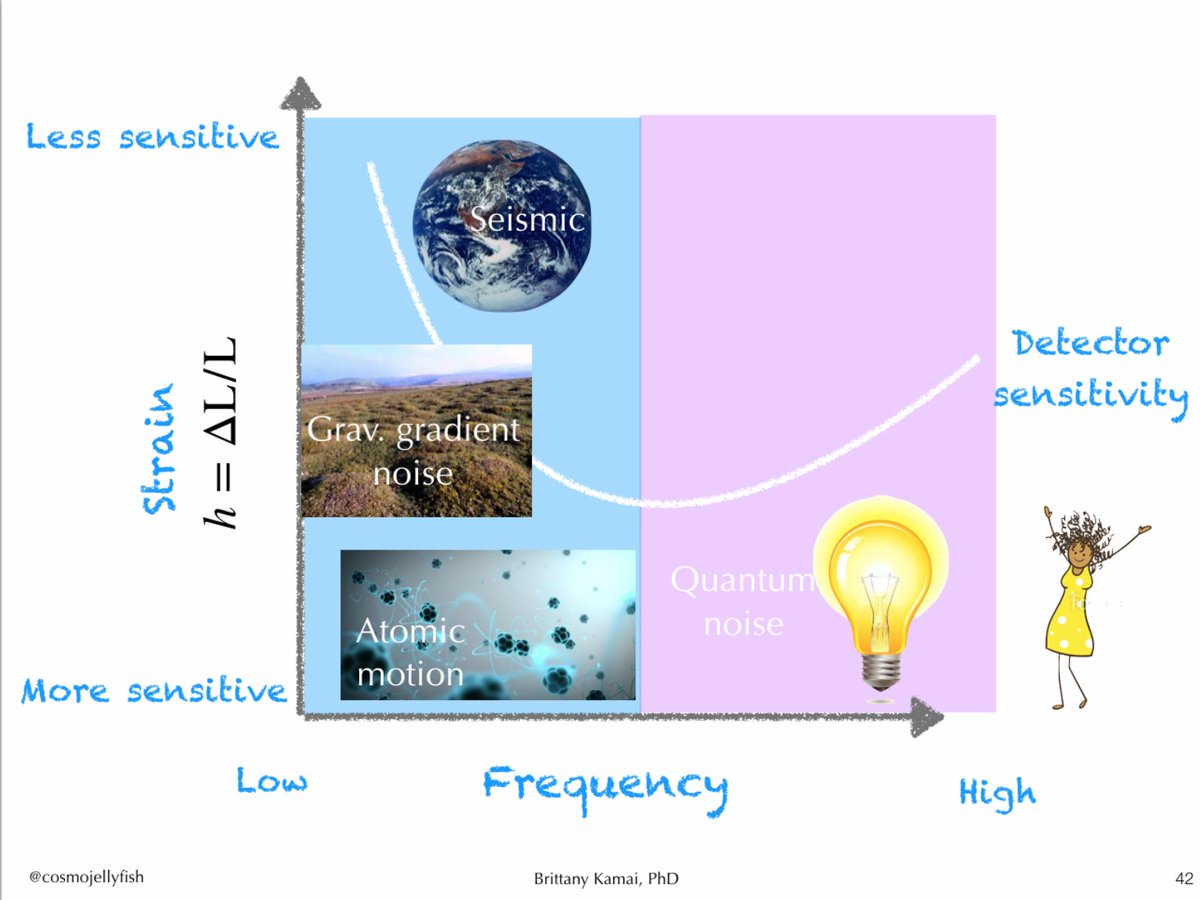
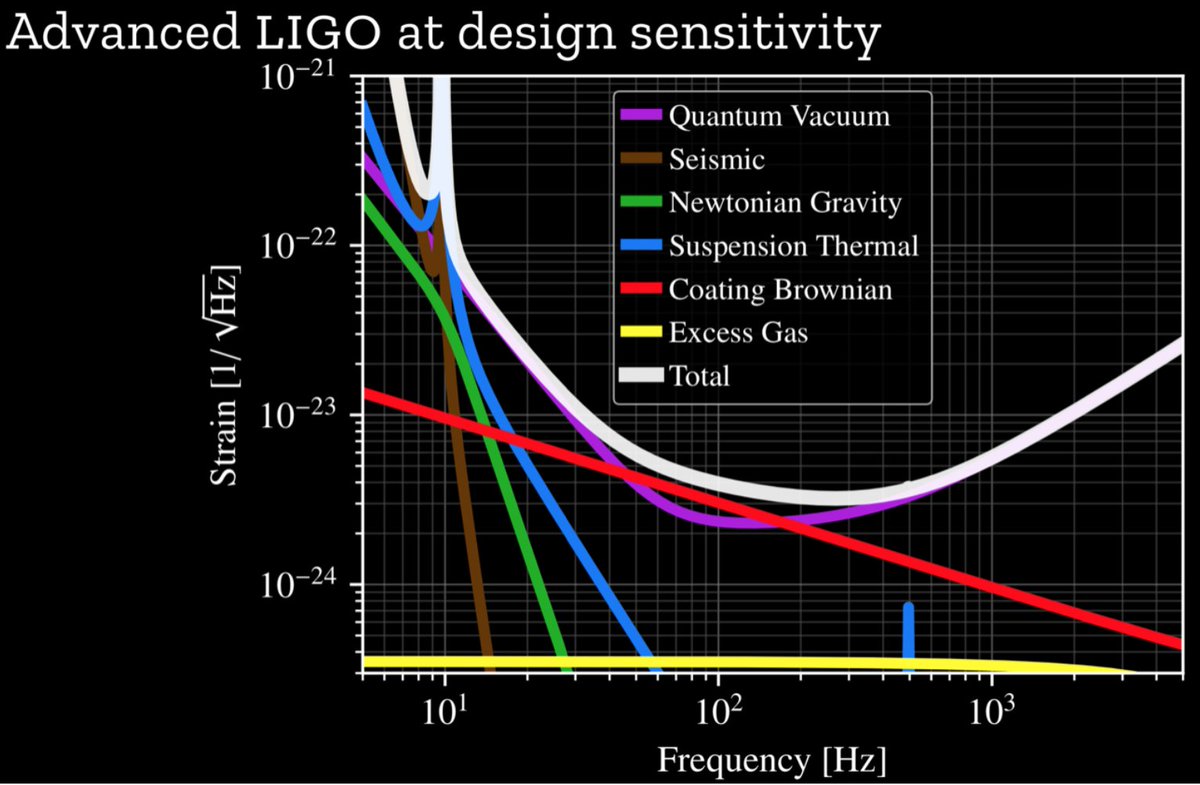
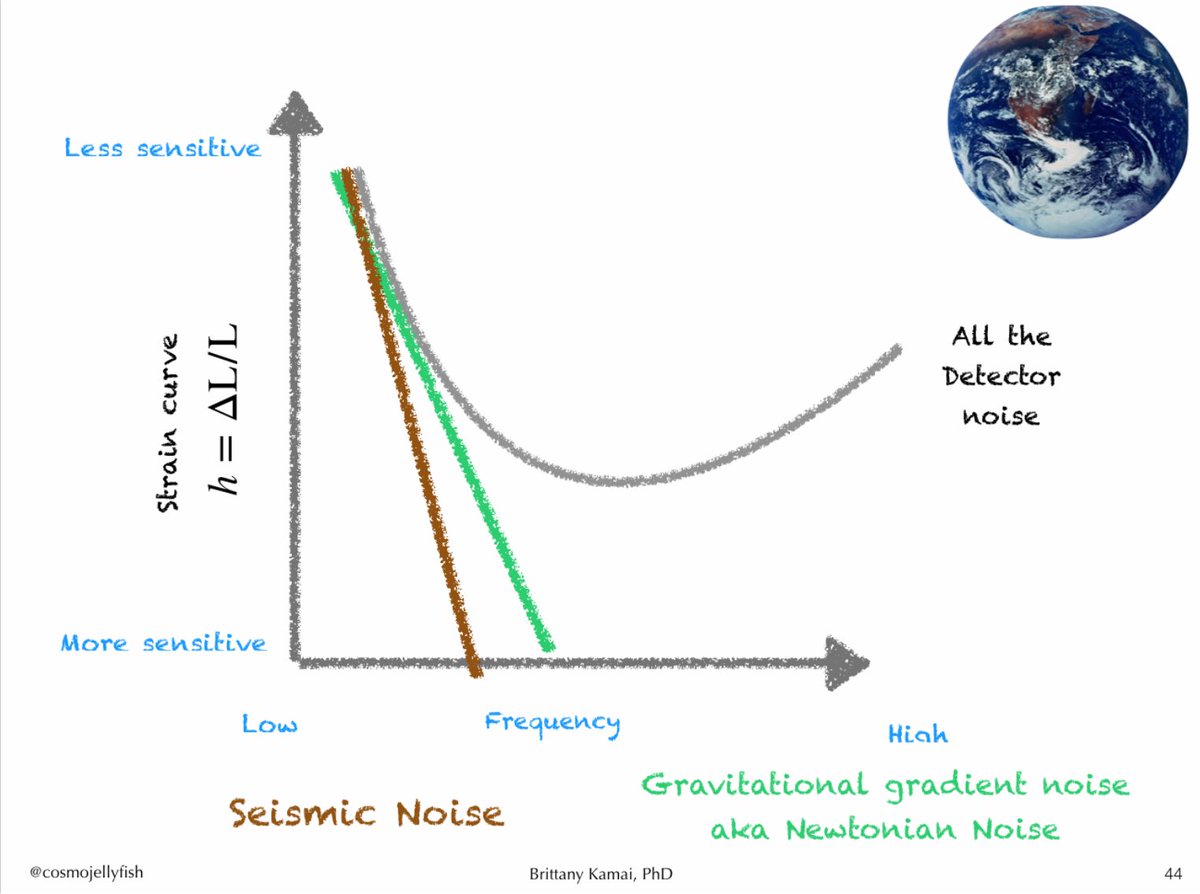

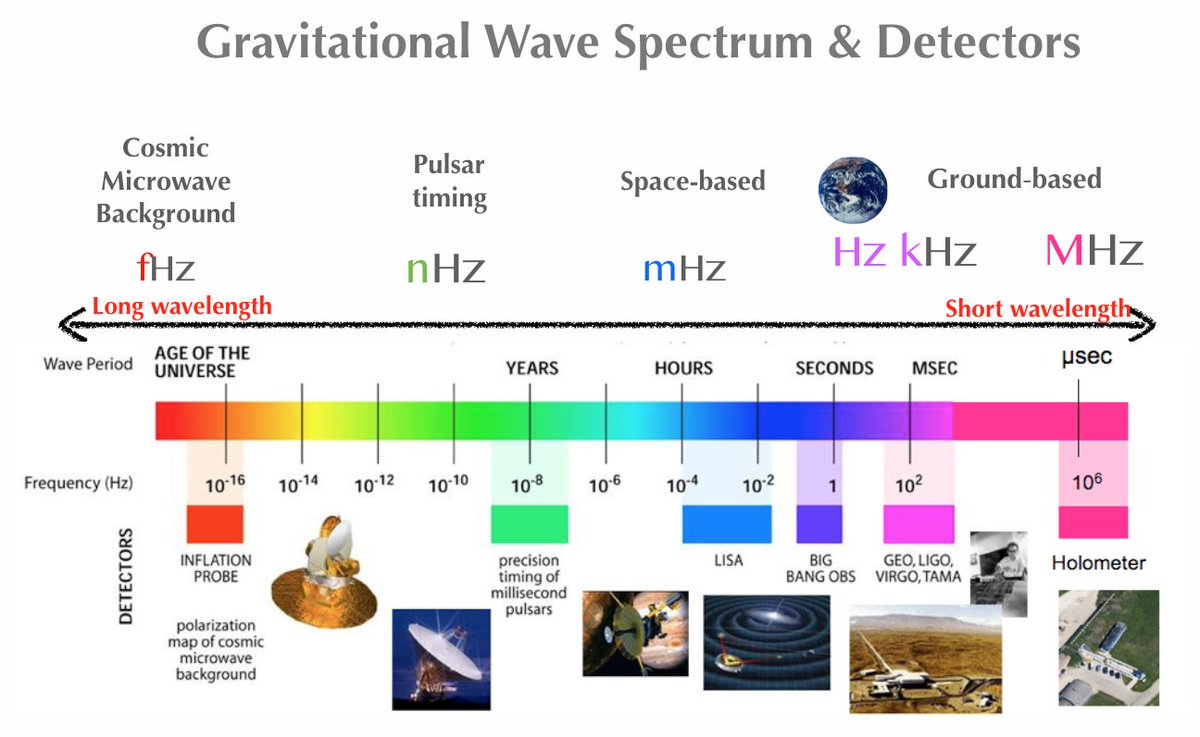 " title="16/ Even lower frequencies, you run into even more gigantic black holes & need entirely different detectors like LISA (follow @samayanissanke ) , Pulsar timing arrays you (follow @ChiaraMingarelli) and CMB (follow @CMBiologist & @MarilenaLoVerde)Totally added the Holometerhttps://abs.twimg.com/emoji/v2/... draggable="false" alt="😇" title="Lächelndes Gesicht mit Heiligenschein" aria-label="Emoji: Lächelndes Gesicht mit Heiligenschein">" class="img-responsive" style="max-width:100%;"/>
" title="16/ Even lower frequencies, you run into even more gigantic black holes & need entirely different detectors like LISA (follow @samayanissanke ) , Pulsar timing arrays you (follow @ChiaraMingarelli) and CMB (follow @CMBiologist & @MarilenaLoVerde)Totally added the Holometerhttps://abs.twimg.com/emoji/v2/... draggable="false" alt="😇" title="Lächelndes Gesicht mit Heiligenschein" aria-label="Emoji: Lächelndes Gesicht mit Heiligenschein">" class="img-responsive" style="max-width:100%;"/>
